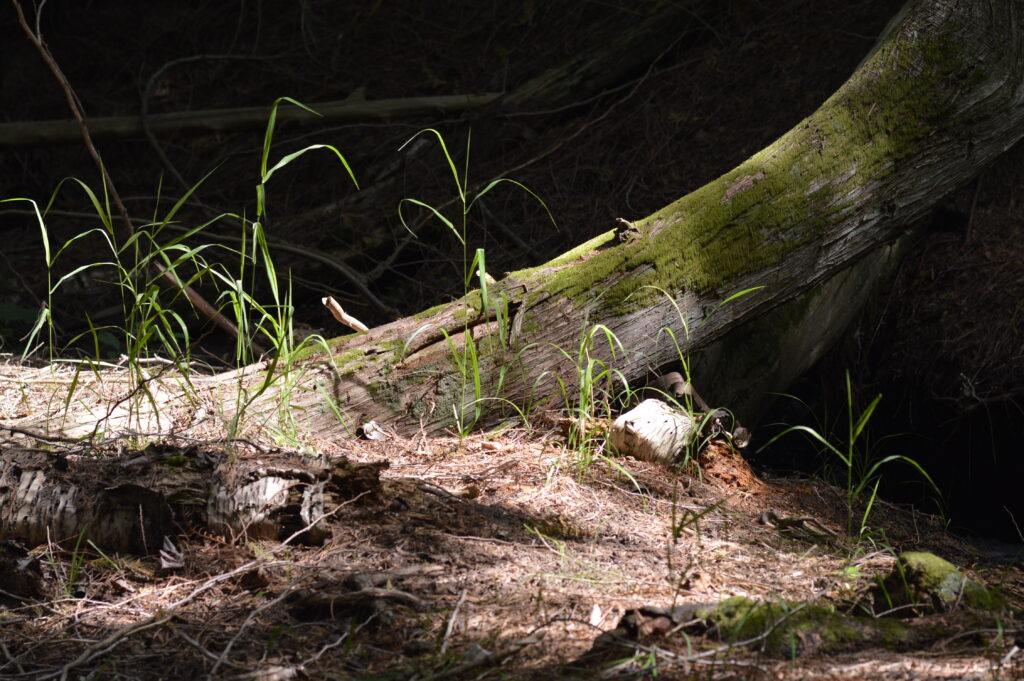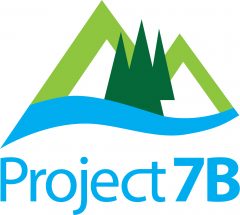Land use is crucial to planning for the future, even for things like wildfire. In coming years, wildfires are expected to increase nationwide. In the past decade, over 70 million acres have been lost to wildfires across the United States, a 10% jump from the previous decade. The impact of these fires can be felt hundreds of miles from the flames themselves. Last year, economists estimated that wildfire smoke in Idaho and other western states results in $2.3 million billion annually in losses to outdoor recreation.
So are Bonner County residents and economies able to adapt to such risks?
To answer this question, Sandpoint Forward, a grant-funded project, is looking at what the community needs to be more resilient in the face of changing and sometimes disastrous weather patterns. Community members have met throughout 2025 to explore strategies to increase the resilience of Sandpoint and surrounding areas, defining resilience as the ability to adapt to disasters effectively. Project 7B plans to use this feedback to ask county officials for appropriate land-use code improvements, such as confirming with the fire district that new proposed land subdivisions will not increase wildfire risk.
Retired firefighter and Northside Fire Commissioner Vern Roof is a Sandpoint Forward volunteer. If fire and high winds come here, said Roof, it could affect Sandpoint as well as the surrounding areas. “People feeling like they’re safe in the city is perhaps not as accurate as we once thought. When Mother Nature goes on a rampage, it’s difficult to put up any parameters.”
Architect Reid Weber, another volunteer, said that he’s looking at fire-safe home-building practices even though none are required by the county. He said there are several things homeowners can do to reduce the risk of wildfire, including limiting surrounding structures that could ignite, having simple rooflines, and making the house tight enough that no sparks get in, including through crawl spaces and attics. “Many things can impact your home’s fire resistance, especially in a more rural area where you typically have options for where to place the home,” said Weber.
In addition to changing weather, Bonner County faces unique challenges that affect populations most at risk in disasters. According to data produced by Headwaters Economics, Bonner County has more older people and fewer children under 5, both in terms of percentages over time and national averages. Young people are leaving, and older people are retiring here. To complicate matters, the number of children born in Bonner County has seen a decline since Bonner County lost all four OB-GYNs who worked at Bonner General, and the hospital shuttered its OB ward in 2023.
Over half of all the income reported in Bonner County is from non-labor sources such as rent, dividends, and social security payments — meaning retirement is arguably Bonner County’s biggest source of income. Bonner County’s poverty rate is higher than the national average, and the cost of housing exacerbates this. The median house value in Bonner County was $427,018 in 2022, more than $133,560 higher than the national average. Seasonal unemployment is also higher than the national average overall.
At initial Sandpoint Forward meetings, volunteers acknowledged that these stressors could play a role in how Bonner County adapts to weather — aging populations tend to be more at risk due to both extreme heat and extreme cold, for example, and the pressure to sell family farms to developers increases if younger generations do not wish to stay. Volunteers voiced various weather-related concerns, from lack of snow to extreme temperatures to wildfire. Fire was the most concerning overall, and volunteers acknowledged that their concerns are not localized to Bonner County — because residents breathe the air from Canada, Montana, Washington and Southern Idaho, an isolationist approach won’t address smoke concerns. Roof also noted that the Northside Fire District is “two guys,” and that if a major fire event came to the area, they’d need to call in outside help.
Snowpack, “fire-safe communities,” grassroots organizing, and proper forest management for wildfire were also mentioned — conventional logging does not mitigate wildfire risk because forests, particularly mature forests, help cool the ecosystem.

Volunteer Paul Sieracki of the Inland Empire Task Force said it’s important to maintain forests outside the 200-foot wildfire protection zone around homes. He noted that hotter, drier summers increase fire risk and that North Idaho’s forests are naturally dense, which helps them retain moisture the same way towels stay wet longer if they’re wadded up in a pile. “Thinning the protective canopy of mature and old-growth forests leads to hotter and drier forest floors and increasing wind,” he said.
Sandpoint Forward was made possible with a grant to the Model Forest Policy Program, which works with communities to become stronger and more resilient for the future.
